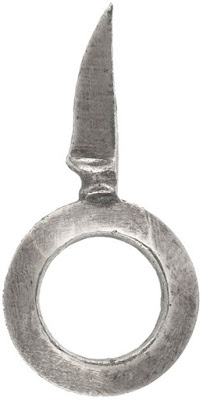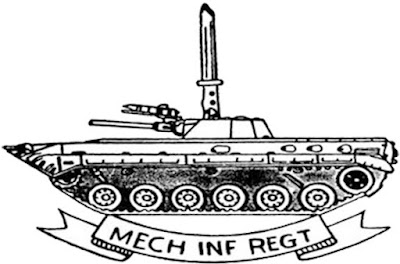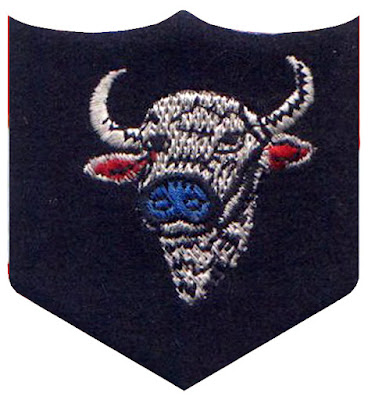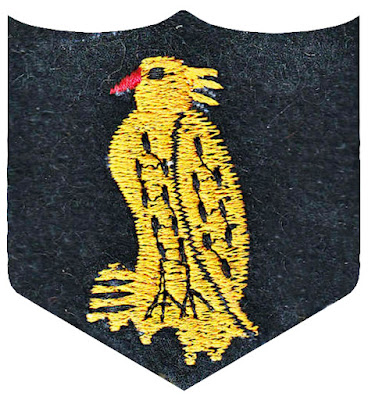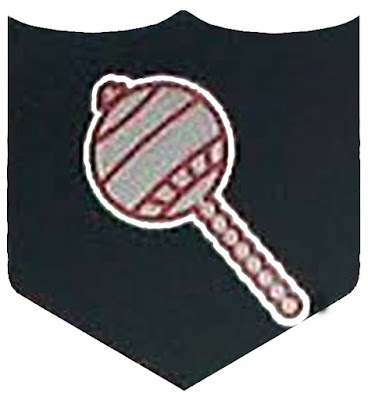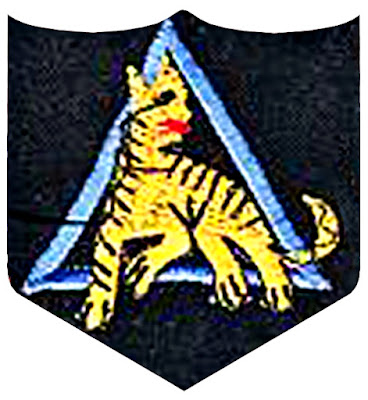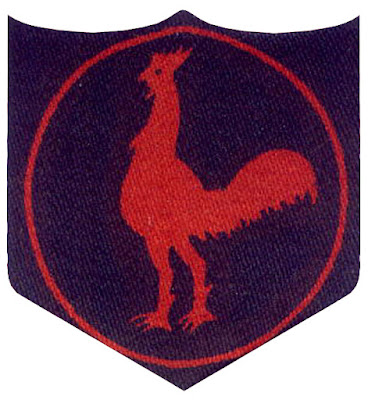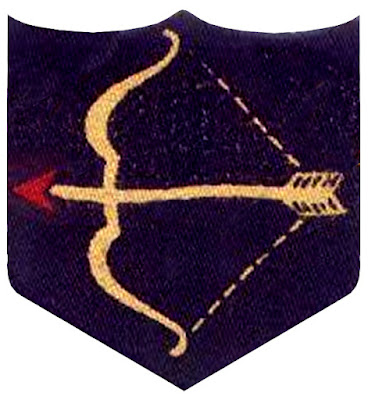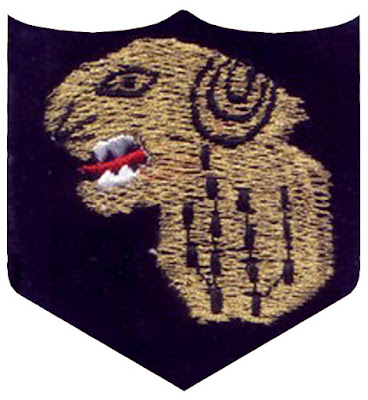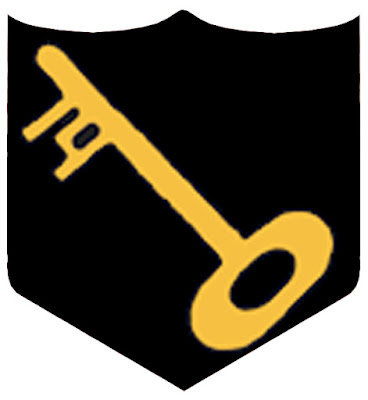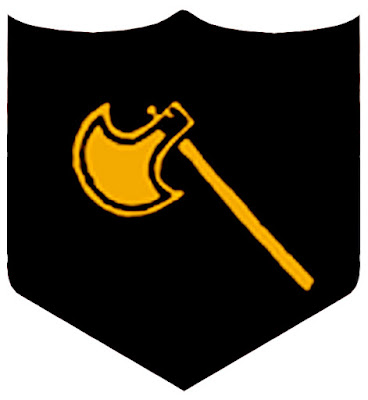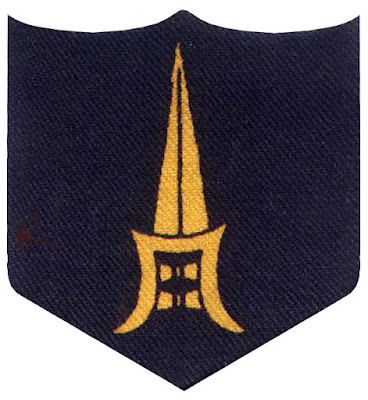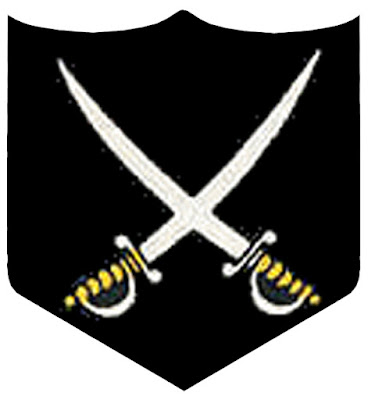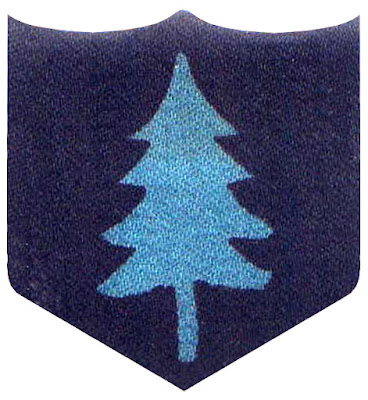THE JAMMU & KASHMIR LIGHT INFANTRY
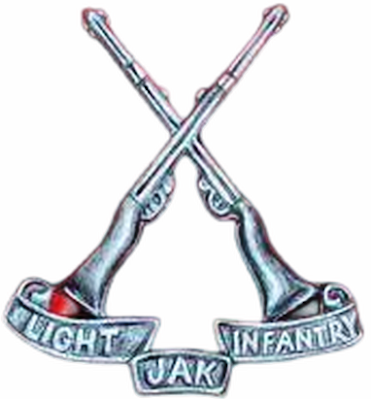
THE JAMMU & KASHMIR LIGHT INFANTRY India's first Light Infantry was born out of the peoples' response in 1947, to the invasion of Kashmir by Pakistan. In the difficult days of the invasion, the population formed local defence groups. These were later organised into militias responsible for specific sectors, e.g., Leh, Nubra, Jammu, Punch, etc. Over a period, these were grouped into the Militia battalions. Two of these were later converted into the Ladakh Scouts. The militia battalions operated with skill on the Line of Control (LoC) and in the 1971 Indo-Pak War earned three battle honours. In 1972, the militia battalions were brought on par with the army units, and in 1976 designated the Jammu & Kashmir Light Infantry (JAK LI). Since then, battalions of the Light Infantry have served with honour in different parts of the country, in Sri Lanka and as part of the United Nations Force in Somalia. The 8th JAK LI earned great honour by capturing a Pakist
